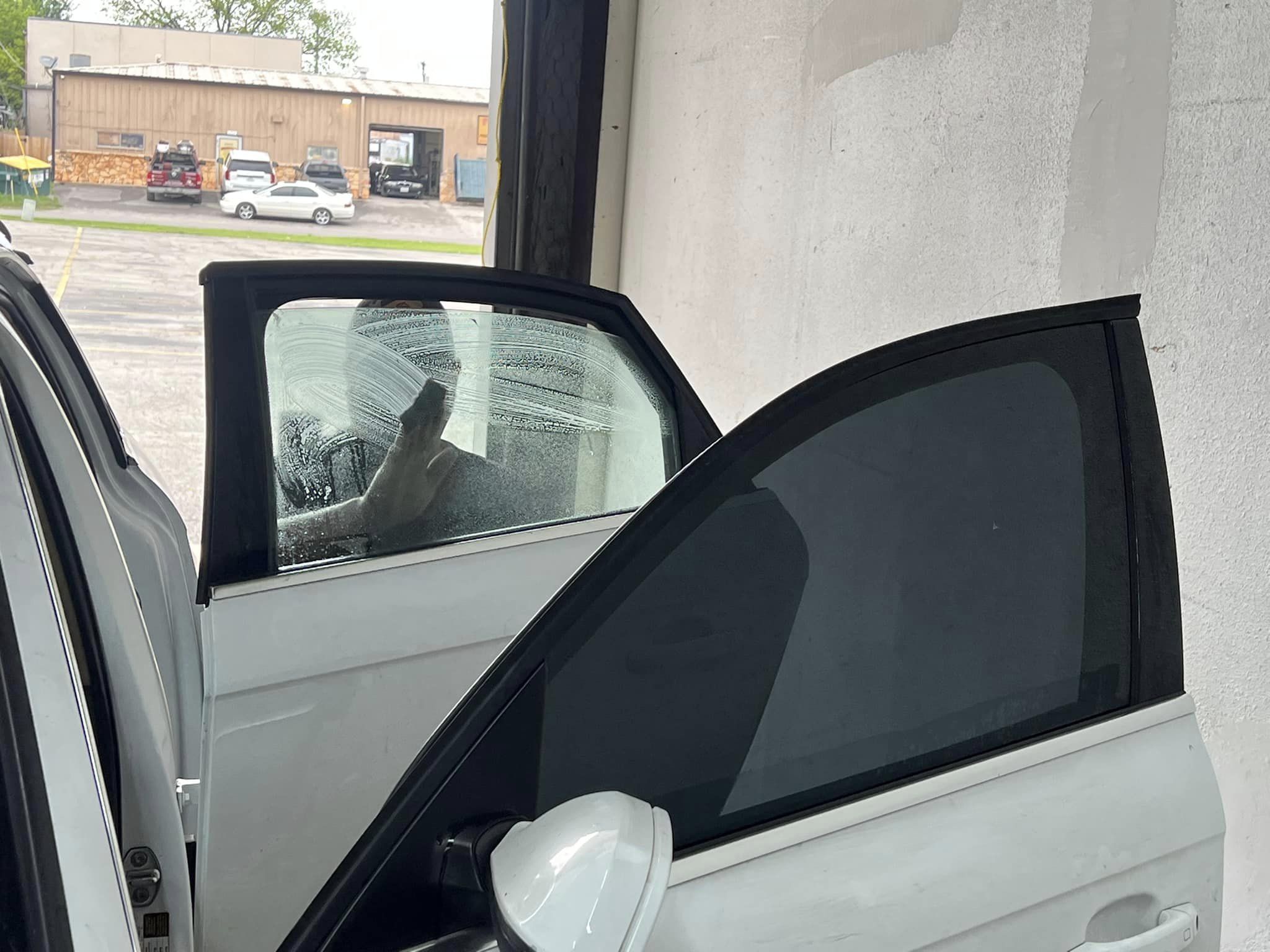When it comes to ceramic coating San Antonio, there are a few things you need to know in order to get the best results. In this article, we will be taking you through a step-by-step guide on how to apply ceramic coatings, from start to finish. By the end of this article, you should have a good understanding of what ceramic coatings are, how to apply them, and what benefits they can offer your car.
What Is Ceramic Coating?
A ceramic car coating is a liquid polymer that is applied to the exterior of a car. Once cured, this coating creates a protective layer over the paint that is resistant to UV rays, chemicals, and abrasion. This means that your car’s paint will be better protected from the elements and will stay looking newer for longer.
Why apply a ceramic coating? A nano ceramic coating works by creating a chemical bond with the paint on your car. Once cured, the coating forms a protective layer on top of the paint that is much harder than the paint itself. This hard-shell layer helps to protect the paint from things like UV rays, chemicals, and abrasion.
Benefits of Ceramic Coating
There are many benefits that come with applying a ceramic coating to your car. Here are just a few of them:
- Protection from the elements: As we mentioned before, a ceramic coating creates a barrier between your paint and the exterior surfaces. This means that your paint will be better protected from UV rays, chemicals, and abrasion.
- Easy to clean: A ceramic coated car is much easier to keep clean than one that is not. The coating repels water and dirt, making it easier for you to wash off any debris that may have accumulated on your car.
- Enhanced appearance: Not only does a nano coating protect your paint, but it also enhances the appearance of your car. The glossy finish of the coating will make your car’s paint look deeper and richer, giving it a showroom-quality shine.
- Increased value: Because a ceramic coated car is more resistant to wear and tear, it will retain its value for longer than a non-coated car. This makes it a wise investment for anyone looking to sell their car in the future.
Cons of Ceramic Coating
While there are many benefits that come with applying a ceramic coating, there are also a few drawbacks that you should be aware of. Here are a few of the cons of ceramic coating:
- Cost: Ceramic coatings can be quite expensive, depending on the brand and quality that you choose. This is something to keep in mind if you are on a tight budget.
- Maintenance: A ceramic coated car requires more maintenance than a regular car. You will need to be careful when washing and waxing your car to avoid damaging the coating.
- Difficult to apply: Unlike regular car wax, a ceramic coating can be difficult to apply. If you are not careful, it is easy to miss a spot or apply the coating unevenly.
Now that you know all about ceramic coatings, it’s time to decide if they are right for you. If you are looking for a way to protect your car’s paint and increase its value, then a ceramic coating is a great option. Just be sure to weigh the pros and cons before making your final decision.
How to Prepare Your Vehicle for Ceramic Coating
To prepare your vehicle for a professional ceramic coating, first make sure that it is clean and free of any dirt or debris. The coating will bond better to a clean surface. You can wash your car by hand or take it to a professional detailer.
Once your car is clean, it’s time to prep the paint. This step is important because it will help the coating bond to the paint and create a smooth finish. To prep the paint, you will need to clay bar the entire vehicle. This process removes any contaminants that may be on the surface of the paint, such as tree sap or brake dust.
After claying the vehicle, you will need to polish it. This step is important because it will create a smooth surface for the coating to bond to. You can polish your car by hand or use a machine polisher.
Once the paint is prepped, you can now apply the ceramic coat. Make sure to follow the manufacturer’s instructions for best results.
The Application Process
In applying ceramic coating there is a two-step process. The first step is to apply the base coat, which is also known as the primer. The base coat helps the coating bond to the paint and provides a foundation for the top coat.
Once the base coat has been applied, you can now apply the top coat. The top coat is what gives the car its glossy finish. Make sure to apply a ceramic coating that has an even layer and avoid getting any on glass or plastic surfaces.
After the top coat has been applied, you will need to let it cure. This process can take anywhere from a few hours to a few days, depending on the manufacturer’s instructions. Once it has cured, your car will be protected with a glossy, durable coating.
Can you apply it yourself? While it is possible to apply a diy ceramic coating yourself, it is not recommended. Ceramic coatings are designed to be applied by professional detailers or body shops. If you do not have the proper equipment or experience, it is easy to damage your paint or apply the coating unevenly.
It is also important to note that most ceramic coatings come with a warranty. This warranty will be voided if you apply the coating yourself. So, if you are looking for the best results, it is always best to leave it to the professionals.
Caring for Your Ceramic Coated Vehicle
Once your car has been ceramic coated, you will need to take special care of it to preserve the coating. The most important thing to remember is to avoid washing your car with harsh chemicals or abrasive cleaners. These can damage the coating and cause it to break down prematurely.
You will also need to be careful when washing and drying your car. Use a soft cloth or sponge when washing and make sure to dry your car in the shade. Avoid using harsh towels or chemicals, as these can scratch the surface of the coating.
When it comes time to wax your car, you will need to use a polymer-based wax. This type of wax is designed specifically for use on ceramic coated vehicles. A polymer-based wax will not damage the coating and will help to preserve its shine.
Curing and Maintenance
Once your car has been ceramic coated, you will need to let the coating cure. This process can take anywhere from a few hours to a few days, depending on the manufacturer’s instructions. Once it has cured, your car will be protected with a glossy, durable coating.
To maintain your ceramic coating, you will need to wash and wax your car regularly. Be sure to use gentle cleaners like microfiber cloth and avoid harsh chemicals, swirl marks, bird droppings or abrasive cleaners. These can damage the coating and cause it to break down prematurely. When it comes time to wax your car, use a polymer-based wax specifically designed for use on ceramic coated vehicles. A polymer-based wax will not damage the coating and will help to preserve its shine.
With proper care, your ceramic coating hardens and it will last for years and keep your car looking its best. You will never need to car wash so often again. Contact professional ceramic coating services now to get that value for the buck coating for you car!



